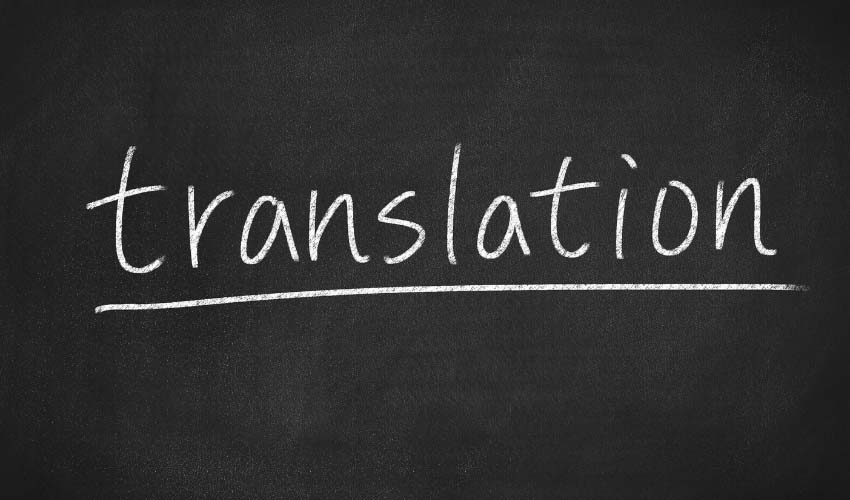As technology has evolved, translation services have found a way to become more accurate, reliable, and accessible. But how do they work? What’s the breakdown of how these services function? In today’s blog post, we’ll explain some of the basics of translation services in simple terms so that you can understand their purpose and how they function.
How Does Translation Work?
When you need to get your message across, you can’t afford to waste time. That’s why it’s so important to find a professional translation service that can help you communicate with your international customers and partners effectively.
Translation is more than just changing words from one language to another. It involves interpreting the meaning behind what you’re saying, localizing the content so it feels like it comes from your brand, and making sure that everything makes sense in its new context.
The Process of Translation
The translation process has three main stages: translating, editing, and proofreading.
Translation is the first step in the translation process. The translator translates written content from one language into another. This can include various documents such as articles, books or contracts.
Editing is the second translation stage and involves ensuring that your text reads smoothly in its new language. Editors will check for spelling mistakes, grammar errors, and other imperfections that might have slipped through during the translation process.
Proofreading is the final step of the translation process before you publish your content online or print it out on paper (or some other form of media). A native proofreader whose mother tongue is the target language will go over your work one last time to make sure everything looks good and makes sense for your target audience.
Why Do We Need Translation Services?
Translation is not just about changing words from one language to another—it’s about conveying meaning accurately across cultures and contexts so that people can understand what you’re trying to say in their language without having any barriers between them and your message. That’s why we encourage everyone who needs help communicating with someone else in their native language (or even just writing something down!) should consider hiring a professional translation company.
The main point that we want to convey is that there’s more to translation than simply swapping one word for another. It’s a collaborative job that requires skilled professionals who know their way around the language. We hope this has given you a bit of insight into how these professionals work and what goes into every translated piece of literature you read.



Comments are closed